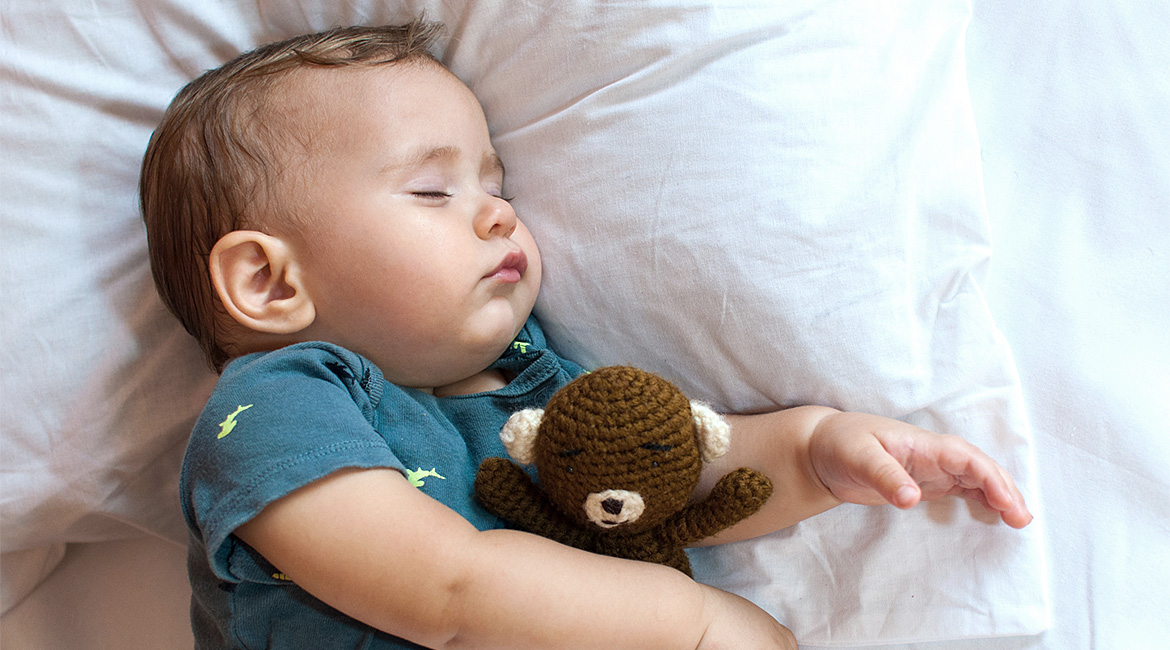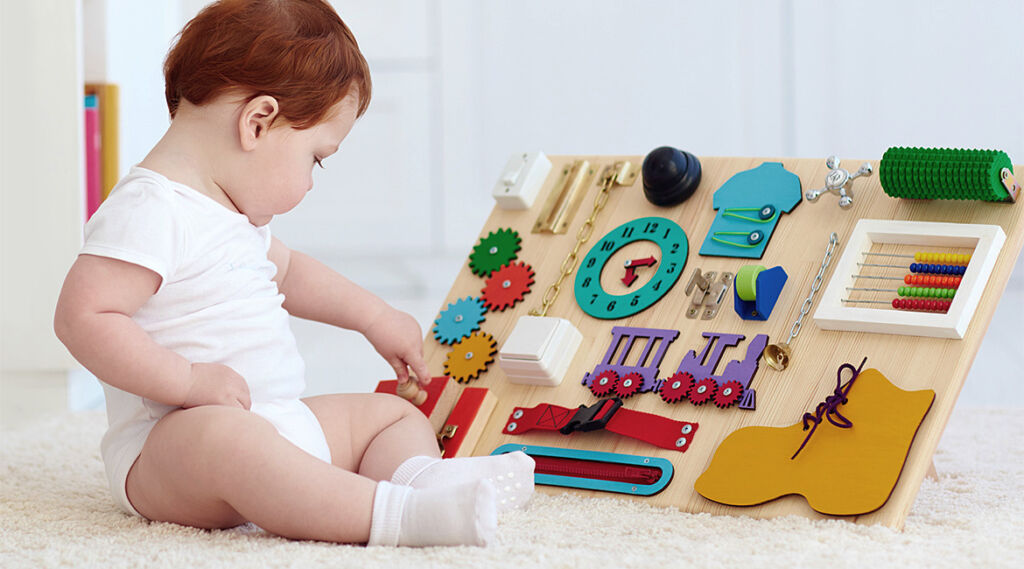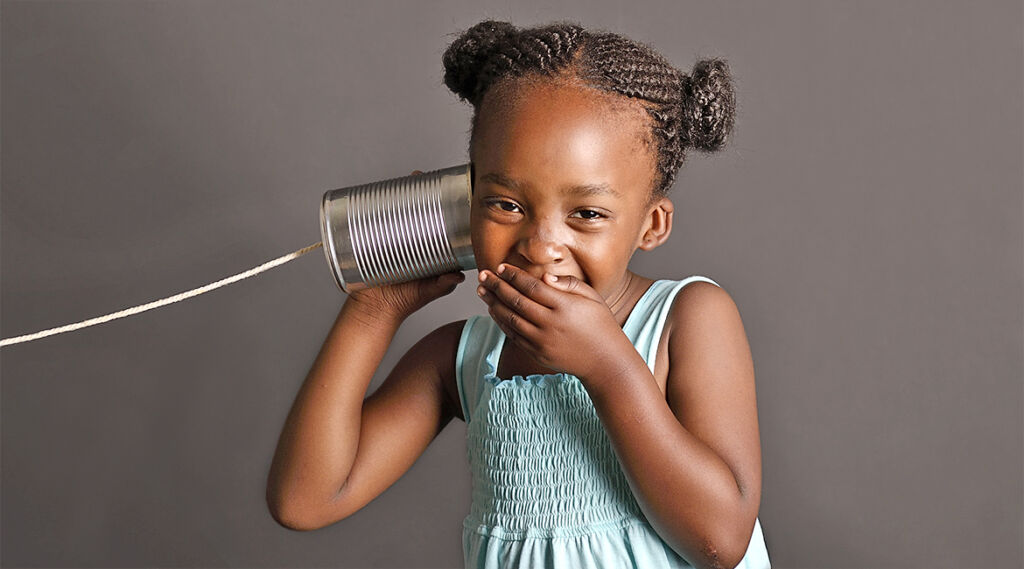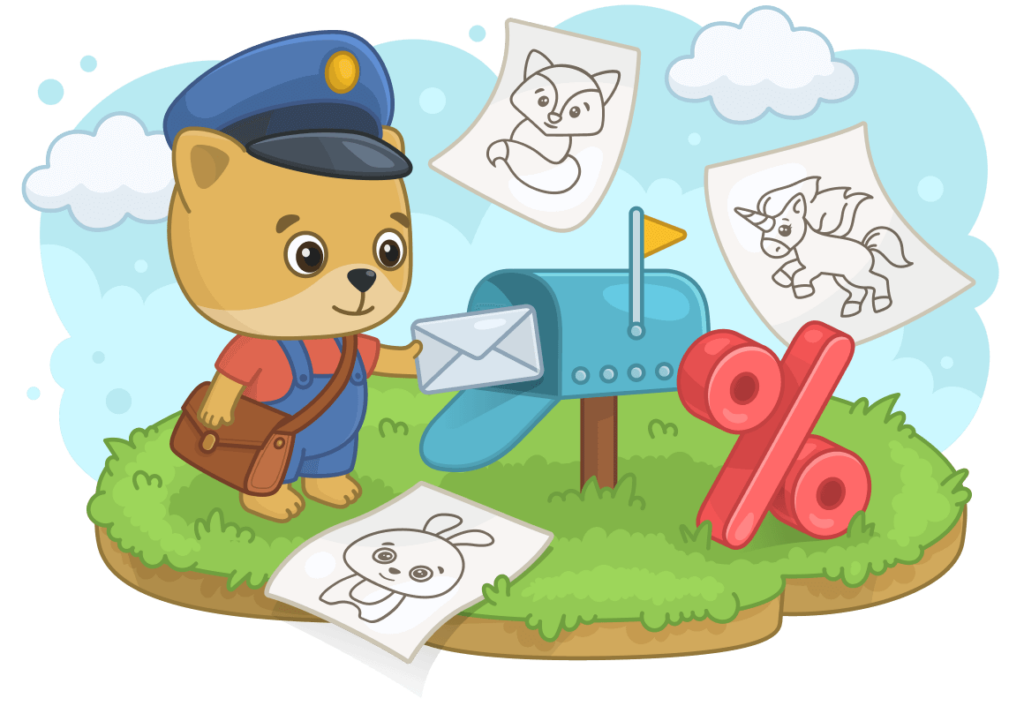Helping your child bid farewell to their beloved paci may be a lot harder than you thought it would be. After all, they’ve been besties since the hospital. With so much research about the pros and cons of pacifiers, you might not know the best way to decipher how to let it go without compromising your child’s happiness. Whether your child clings to their paci, or a bottle or their thumb, the process of letting go can be a difficult one to navigate. Here’s how to make it happen and still keep the peace without the paci.
The 411 on the Pacifier
While you’re expecting, you may already have decided if you want your baby to use a pacifier or not. Some parents may choose to give their baby a pacifier because studies show it may help to reduce the risk of SIDS, help your baby practice his suck reflex and teach him how to self-soothe. On the flip side, there are several cons to allowing your child to use a pacifier for too long. Introducing a pacifier before breastfeeding is established can cause difficulty with nursing in certain children and may increase the frequency of ear infections. Long-term use of a pacifier can shift the way the teeth come in and cause alignment problems in a growing child.
A Timeline for Farewell
So how do you know the best time to trade in the pacifier? If you’re baby seems to want the paci more than they want to nurse or spend time with you, you’ll want to kick the paci by 6 months of age. If the paci seems to be a harmless aid to those sleepless nights and tiring moments, then it’s okay to use the paci until the age of 2. Before 2, no permanent damage will be done to your child’s teeth. As a child grows into the toddler years, they can easily find other replacements for suck the pacifier, like twirling their hair or humming to sleep. Past the age of 2, language development may become impaired. After the age of 4, however, when your child’s permanent teeth start to grow in, the damage caused by a pacifier can only be corrected by an orthodontist, which can get both pricey and time-consuming. So the exact right time falls somewhere between 6 months and 4 years. Just remember as you pick your timeline that each child is different and works at their own pace. There’s no one strategy that will work for every child but the end goal is to make sure to have your little one take responsibility in letting go of the paci without having any long-term bad feelings. Here are some tried and true ways to help beat the binky business.
Cold Turkey
Though this may seem like a tough route to go, it may be the right decision for children who are around 6 months of age and can look to the breast or bottle to replace their need to suck on a pacifier.
The Countdown
If your child is old enough to begin to understand how times and days of the week work, you can give them a timeline of 3 days until the binky will go away, either by “turning it in” at the doctor’s office, recycling it in the mail or “donating them” to the “babies” at the hospital.

Exchange Game
Another idea for letting go of the pacifier is to take your child to their favorite toy store and let them change out their baby paci for a big boy toy. You can even have them hand the paci over to the store clerk before they receive their new toy.
The Cutback
If you think your child will adapt better with the cutback method, have a talk with your child about how the paci will only be used at bedtime or while at home or in the crib or bed. Then you can gradually build up to letting the pacifier go all the way.
Help from the imagination
If you’re having a hard time letting go, you can introduce a binky fairy that will come one night and take up all the pacifiers in the house, leaving behind a small trinket. You can help prepare your child for this by having them help collect all the pacifiers or draw a picture with a big boy or girl on the page.
Take it to the Pros
If you’ve tried all of the above and your child is reaching the age of adult teeth, seek out help from a pediatric dentist or your child’s pediatrician about things you can do to help hurry the process along without any negative effects. Know that many parents have a problem ditching the paci and it’s perfectly normal to need a little professional advice to get the ball rolling.
Stay Strong
Remember, your child’s paci has been a big comfort to them since their birth and it may definitely be hard to part with. There may be tears that could last for a few days. Usually children will forget about the paci after a week or so. The most important thing to remember is not to give in. Whenever you set the ground rules for paci collection. Stick to it. This will set the precedent for the future of your discipline life. If you give in now, they’ll expect you to cave on other more important issues later.
Just as all good things must come to an end, your child’s pacifier is no exception. It’s important to let your child take this first big important step. Don’t underestimate how important your child’s attachment to their paci really is and be gentle about taking it from them. As long as you respond to the cues your child is giving you and remain firm, consistent and understanding; the paci clearing out process will be something you’ll both look back on with pride. You can do it!



